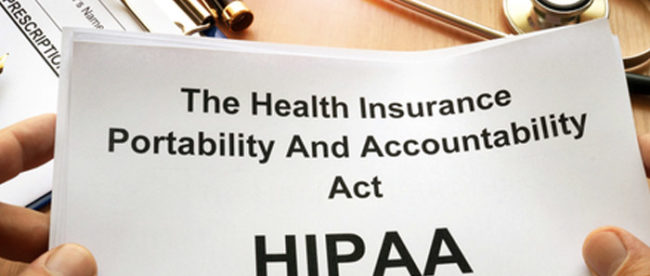The Ultimate Guide To Pacific Prime
The Ultimate Guide To Pacific Prime
Blog Article
How Pacific Prime can Save You Time, Stress, and Money.
Table of Contents3 Easy Facts About Pacific Prime ExplainedGetting The Pacific Prime To WorkThe Of Pacific PrimeThe 8-Second Trick For Pacific PrimeThe Pacific Prime Diaries

This is due to the fact that the data were gathered for a duration of strong financial performance. Of the approximated 42 million people that were without insurance, just about concerning 420,000 (regarding 1 percent) were under 65 years old, the age at which most Americans become eligible for Medicare; 32 million were grownups in between ages 18 and 65, around 19 percent of all adults in this age group; and 10 million were children under 18 years old, regarding 13.9 percent of all kids (Mills, 2000).
These estimates of the variety of individuals uninsured are generated from the annual March Supplement to the Current Populace Study (CPS), conducted by the Census Bureau. Unless or else kept in mind, nationwide estimates of people without health and wellness insurance and proportions of the population with various sort of coverage are based on the CPS, the most commonly made use of source of quotes of insurance policy coverage and uninsurance prices.
8 Simple Techniques For Pacific Prime

Still, the CPS is particularly beneficial since it produces annual price quotes reasonably promptly, reporting the previous year's insurance policy coverage estimates each September, and because it is the basis for a regular collection of quotes for greater than 20 years, enabling analysis of trends in coverage over time. For these factors, as well as the comprehensive use the CPS in other studies of insurance policy protection that are offered in this record, we depend on CPS quotes, with restrictions kept in mind.

The price quote of the variety of uninsured individuals expands when a populace's insurance coverage status is tracked for a number of years. Over a three-year duration beginning early in 1993, 72 million individuals, 29 percent of the united state population, lacked insurance coverage for a minimum of one month. Within a single year (1994 ), 53 million individuals experienced at the very least a month without protection (Bennefield, 1998a)
Six out of every 10 without insurance grownups are themselves employed. Working does boost the probability that one and one's family participants will have insurance policy, it is not an assurance. Even participants of family members with two permanent wage earners have virtually a one-in-ten chance of being without insurance (9.1 percent uninsured price) (Hoffman and Pohl, 2000).
Pacific Prime Can Be Fun For Anyone
New immigrants represent a significant proportion of individuals without medical insurance. One analysis has connected a significant part of the current development in the size of the united state uninsured population to immigrants that got here in the country between 1994 and 1998 (Camarota and Edwards, 2000). Current immigrants (those that concerned the United States within the past four years) do have a high rate of being uninsured (46 percent), but they and their children represent simply 6 percent of those without insurance policy nationally (Holahan et al., 2001).
The relationship between health and wellness insurance coverage and accessibility to care is well developed, as recorded later on in this phase. Although the relationship between medical insurance and wellness end results is neither straight neither straightforward, a comprehensive scientific and health and wellness services research study literature links health insurance policy protection to better accessibility to care, far better quality, and boosted individual and population health status.
Levels of evaluation for analyzing the effects of uninsurance. This conversation of medical insurance protection focuses mainly on the U.S. population under age 65 due to the fact that basically all Americans 65 and older have Medicare or various other public protection. It focuses especially on those without any kind of health insurance coverage for any kind of size of time.
Pacific Prime for Beginners
The issues dealt with by the underinsured are in some areas similar to those dealt with by the without insurance, although they are generally less serious. Health and wellness insurance policy, nonetheless, is neither required nor enough to acquire access to clinical services. The independent and straight impact of health insurance policy coverage on accessibility to health and wellness services is well established.
Others will certainly acquire the health treatment they need also without health and wellness insurance, by spending for it out of pocket or seeking it from service providers that use care cost-free or at extremely subsidized rates. For still others, medical insurance alone does not make certain invoice of care due to various other nonfinancial barriers, such as an absence of health treatment providers in their neighborhood, limited access to transport, illiteracy, or etymological and cultural distinctions.
Not known Details About Pacific Prime
Formal research study concerning uninsured populations in the United States dates to the late 1920s and i was reading this very early 1930s when the Board on the Cost of Medical Care created a series of records concerning funding physician office sees and hospital stays. This concern became salient as the varieties of clinically indigent climbed up throughout the Great Clinical depression.
Report this page